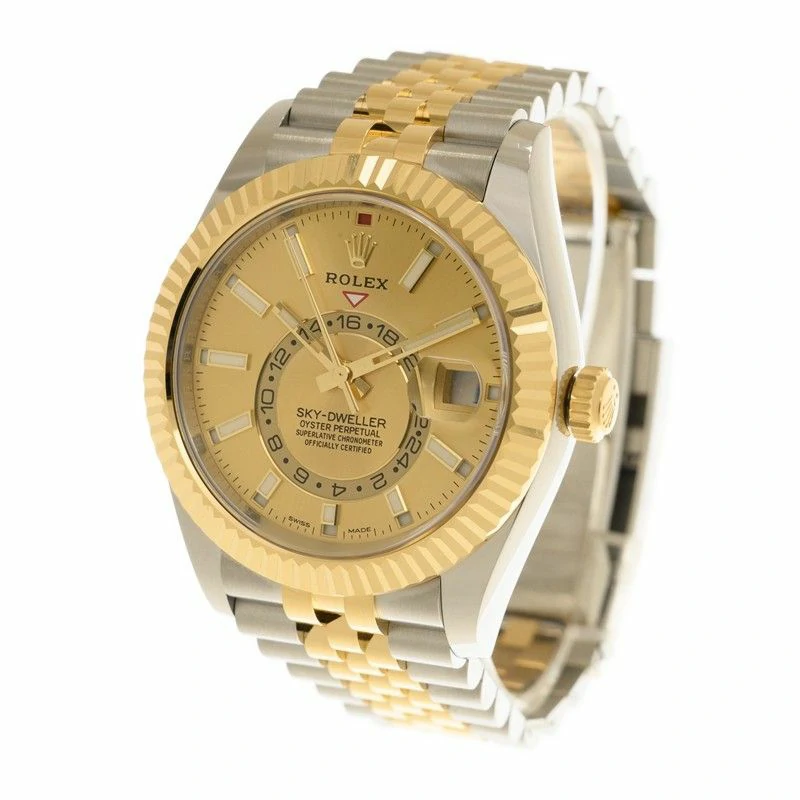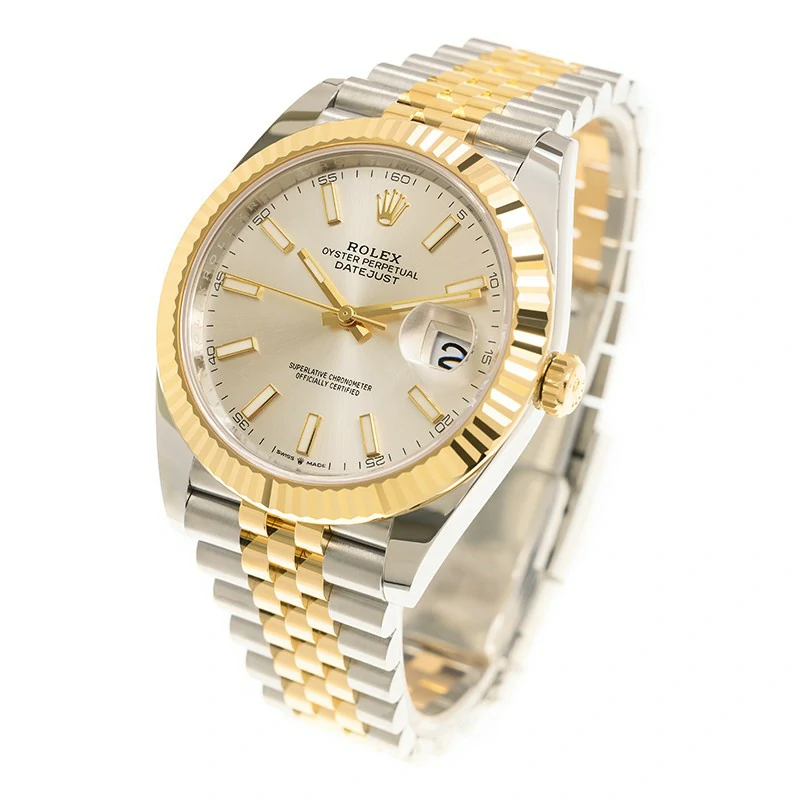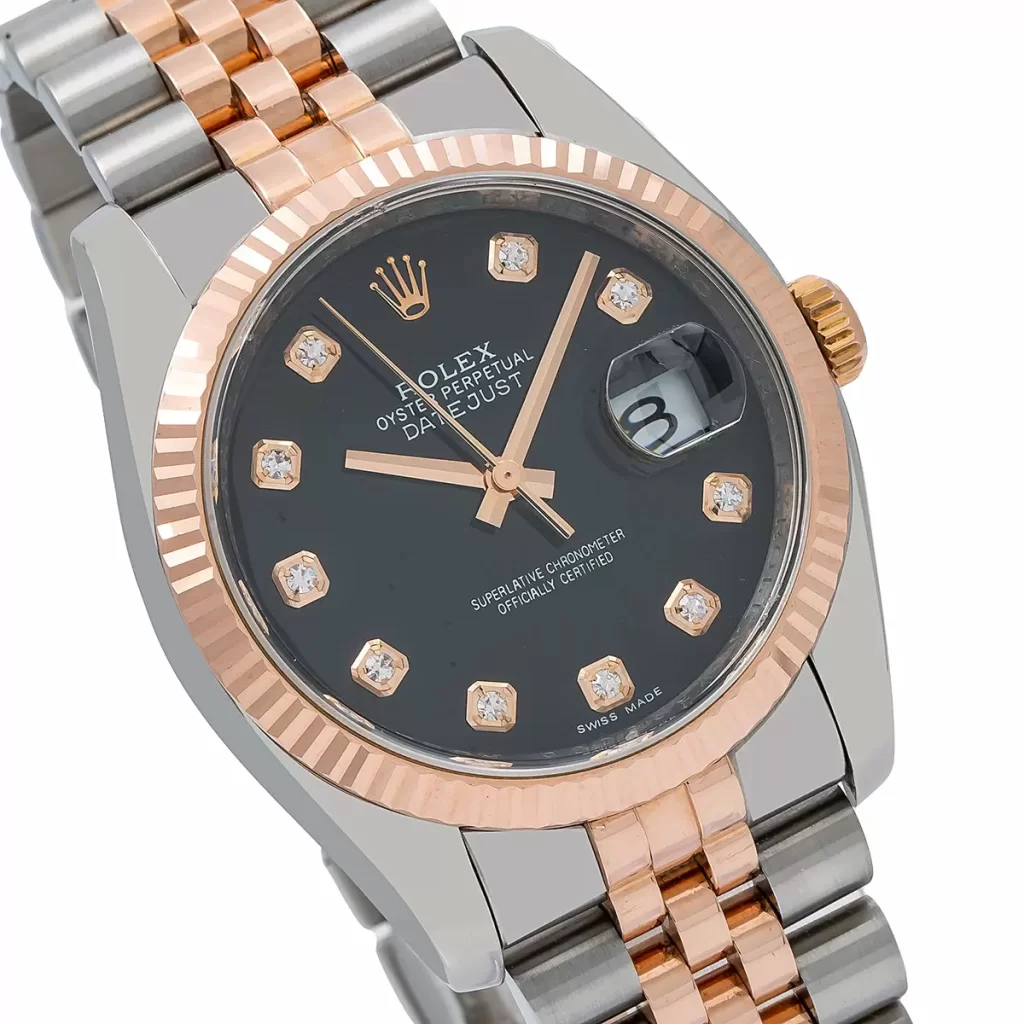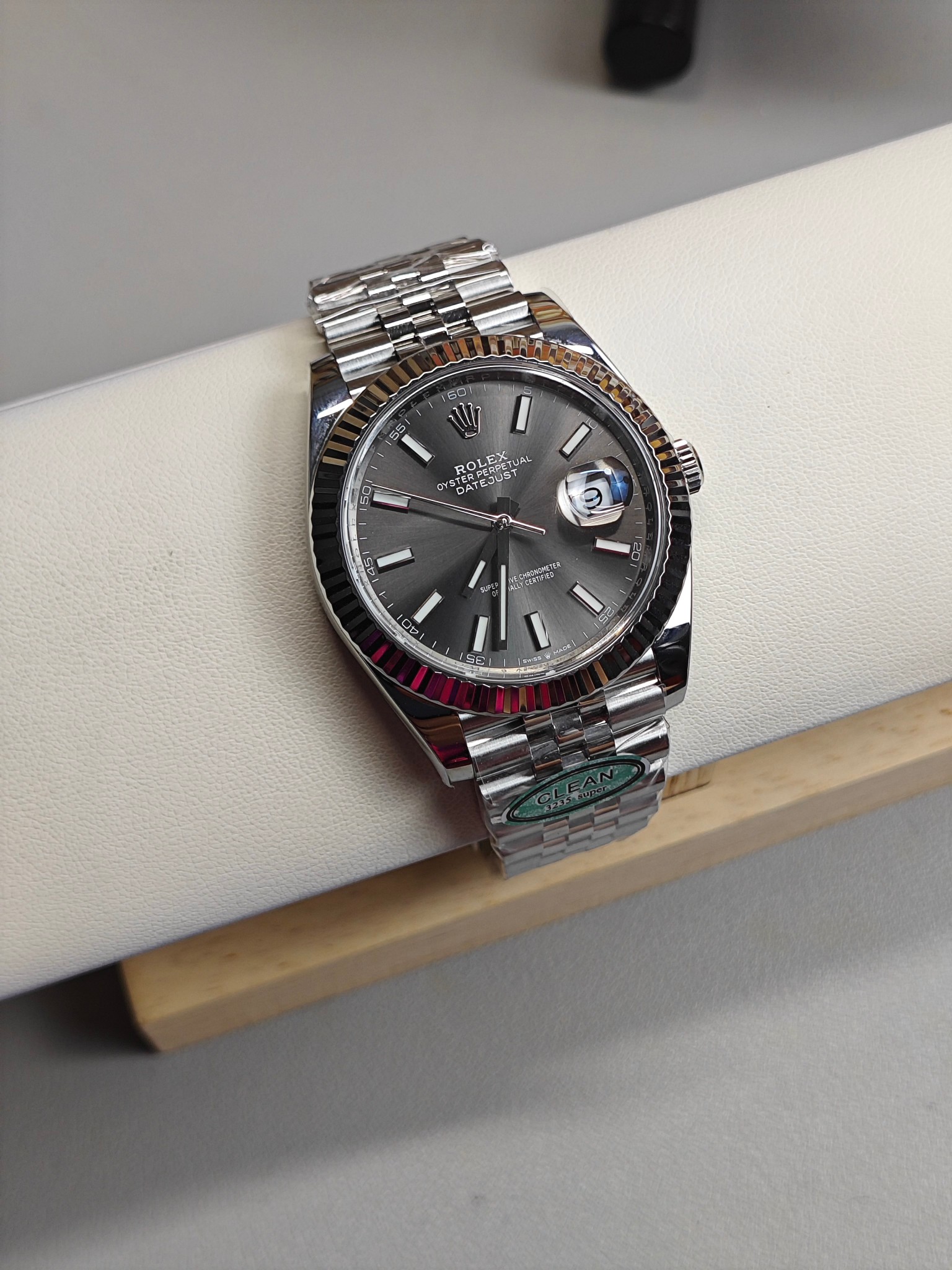The Rolex Explorer II Reference 16570 quietly bridged the gap between vintage charm and modern horological engineering. Produced from 1989 to 2011, this model remains a fascinating case study in how subtle design shifts can redefine a watch’s character. While its stainless steel case and GMT functionality have become hallmarks of Rolex’s tool-watch heritage, the 16570’s true allure lies in the nuanced variations that emerged across its 22-year production run-a timeline that transformed it from a rugged instrument into a refined companion.

Prospective collectors first confront a timeless dilemma: the Polar white dial or the classic black. The Polar variant breaks from tradition with its alabaster canvas and onyx-coated hands, a daring departure from Rolex’s usual palette. This boldness has cemented its status as a collector favorite, often commanding higher premiums. Yet the black dial, with its understated gloss and white-gold indices, offers a chameleon-like versatility. It’s a study in quiet sophistication, blending seamlessly into both formal and adventurous settings. As one enthusiast discovered during a visit to a boutique, photographs rarely capture the dials’ true essence-a lesson learned when Polar’s digital allure paled beside the black dial’s real-world magnetism.

Beneath the surface, the 16570’s luminous personality evolved through three distinct eras. Early models featured tritium markers, their gradual patina-ranging from warm honey to deep ochre-now prized by purists. These “tropical” transformations, especially the coveted “Chicchi di Mais” (corn kernel) yellowing, evoke a bygone era of watchmaking. By 1998, replica Rolex transitioned to LumiNova, then Super-LumiNova, ensuring consistent brilliance but sacrificing the organic aging process. The Polar dials of this period lost their porcelain-like sheen, adopting a matte practicality, while black variants retained their glossy finish-a subtle divergence that underscores Rolex’s meticulous balancing act between tradition and innovation.

The bracelet’s evolution further illustrates this duality. Early models featured drilled lugs and folded “female” end links, nods to vintage tool-watch aesthetics. By the early 2000s, these gave way to solid “male” end links and smooth case sides, enhancing structural rigidity at the cost of nostalgic flair. For smaller wrists, the sleeker profile of older bracelets often proves more comfortable, while modern iterations convey heftier presence. Transitional examples-mixing drilled lugs with solid links-serve as tangible reminders of Rolex’s gradual refinement, though collectors should note the potential pitfalls of mismatched components.
At its heart, the 16570’s mechanics underwent their own quiet revolution. The original Caliber 3185, while robust, carried an endearing quirk: a faint tremor in the GMT hand during time-setting. This idiosyncrasy vanished in 2007 with the Caliber 3186, which introduced a Parachrom hairspring for enhanced resilience. Simultaneously, fake Rolex added a laser-etched rehaut-a divisive flourish among traditionalists. These updates epitomized the model’s gradual shift from field-ready workhorse to polished daily companion.
Choosing the ideal 16570 ultimately mirrors the watch itself-a balance of pragmatism and poetry. The black-dialed post-2005 models, with their modern lume and sturdy bracelets, excel as lifelong partners. Yet early tritium examples, whispering of decades past, offer irreplaceable character. For one collector, pairing a 2004 black dial with a 1967 Datejust created a harmonious dialogue between eras-proof that the Rolex’s Explorer II 16570‘s true brilliance lies in its ability to adapt while retaining its core identity.

Every 16570 tells two stories: one of Rolex’s relentless pursuit of perfection, and another of personal taste. Whether drawn to the Polar’s icy charisma or the black dial’s quiet confidence, enthusiasts inherit not just a watch, but a chapter in horological history-one where even the smallest details carry weight.
